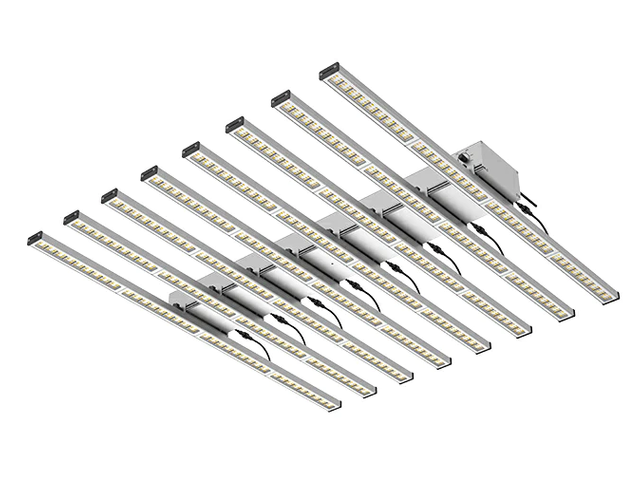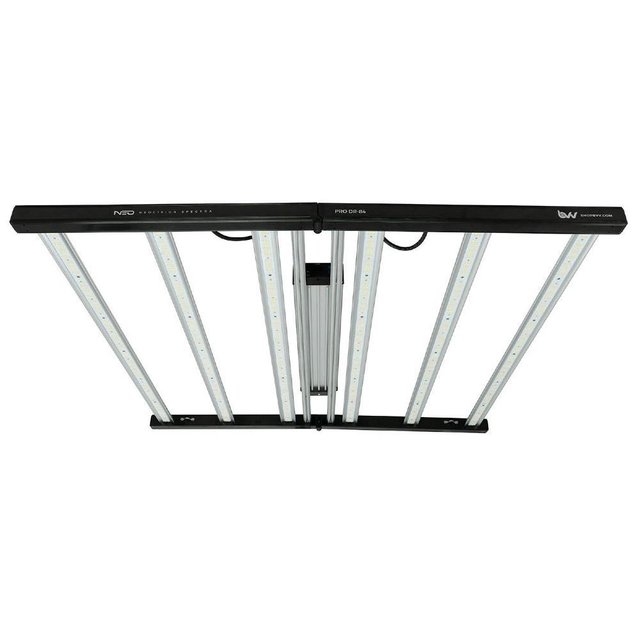The indoor garden grow light market is flooded with good products and bad products. Some products are better than others, and some are terrible. The problem is that it’s hard to tell the difference between a good product and a bad product. One of the most common questions money can buy is the best grow lights for an indoor garden. We’ve researched and tested dozens of grow lights for indoor gardens to help you make an informed decision.
The best grow lights for an indoor garden is a very subjective term. It depends on your needs, what you’re willing to spend, and the type of quality you expect to get. The following list is some of the best grow lights for indoor gardens available today. These grow lights for indoor gardens are great value for money and won’t let you down if you want something that works well.
What wattage is best for indoor grow lights?
Wattage alone does not determine whether a grow light will be enough to promote plant growth. The intensity, full spectrum, and coverage of the bulb are all factors that affect light quality. For example, LED lights typically provide cool white or full spectrum light, which may not be as healthy for plants as high temperature blue or red LEDs.
Generally speaking, higher wattage bulbs will emit more light for the same amount of energy consumption than lower wattage bulbs. So if you want to maximize energy efficiency by using the lowest possible power requirements, you may want to opt for lower wattage bulbs. But if you just want to save some electricity bills instead of investing in an expensive grow light, then opt for a higher wattage bulb as it will give you more light at a lower energy cost in the long run Save money
Neocision Spectra Pro 680W LED Grow Light-BVV
Features:
This BVV grow light features 18.5% blue spectra and 40.7% red spectra with a peak at 660nm for your flowering plants. Blue light promotes plant germination, and red light combined with blue light increases yield. This unique spectral combination creates stronger plant uptake of nutrients, maximizing red for increased photosynthesis. Get higher yields, superior bud formation and high cannabinoid production levels. This light is a great help in all stages of plant growth. This LED light is more than 50% higher than HID light in PPFD and consumes 37% less power in terms of energy saving; this high-quality LED light can support the photosynthesis of plants in an optimal and efficient way. The clamp can be folded up to 180 degrees, compact and easy to install; it doesn’t take up much space, keeping your pantry clutter-free.
Rayonled GLM 640 LED Grow Light

Features:
With its impressive expertise in LED technology, this Rayonled LED grow light has everything to appeal to hobby and commercial growers. From spectrum to certification, it’s engineered to compete with the top grow lights on the market. Passively cooled light bars eliminate moving parts and provide full-spectrum, broad-coverage light for long-term growth. High output 1506 µmols PAR and impressive efficacy of 2.35 µmol/s per watt. IP65 certification makes the light work and last in even the wettest grow rooms
Common mistakes to avoid when using LED grow lights
Maintain the correct distance between lights and plants
Before you start growing, you need to consider the distance between the light and the plant. If the light gets too close to your plants, it can get too hot and can damage your plants. If your plant’s leaves are starting to turn yellow or brown, or start to curl, your lights may be too close to your plant and anything could be burning your plant! (Although, there are other reasons why curling and browning can occur, but these are for other articles!)
You must avoid mistakes when using LED grow lights. If your growing space is too hot, try using a ventilation system to lower the temperature while hanging your lights a little higher.
On the other hand, if you hang your LEDs too far from the plant, their bodies (stems, stems, and branches) may swell and elongate, which is called “stretching” as the plant tries to reach towards the light. ”. Also, if your light is too high, you won’t get very good canopy penetration.
Again, it depends on how many plants you have (the more plants, the higher you want to hang the lights so you get enough light spread) and how much wattage/power conversion your lights can put out (high-wattage) Counting lights can be hung a little higher because they don’t lose as much energy with distance).
Use inferior products
What’s the real difference between high-quality and low-quality equipment? You’ll find that higher quality lighting has better power for available plant energy conversion, the spectrum can be tuned to be more concentrated to the full spectrum, they last longer, they have better PAR values, and you’ll be better off Yield.
It can be difficult to tell which product is good and which is poor, so getting advice from other growers can be helpful. The growing community is very diverse and has a lot of experience, so don’t be afraid to ask questions!
Not having a proper light schedule
Your lighting schedule is another key factor that helps determine the health of your plants. Be careful not to leave the lights on all day — you need to maintain a day and night cycle to allow your plants to rest. Each individual strain has a preferred growth cycle (along with nutrients, light height and everything else that goes into growth).
Conclusion
Mother Nature is great, but even she can’t let the sun shine where it doesn’t.
Thankfully, grow lights today come in a variety of looks, colors, and power levels, and most have done away with that fancy blue/red/purple hue in favor of an eye-friendly daylight feel. With so many options, there’s always something to suit every plant lover’s style and needs.
